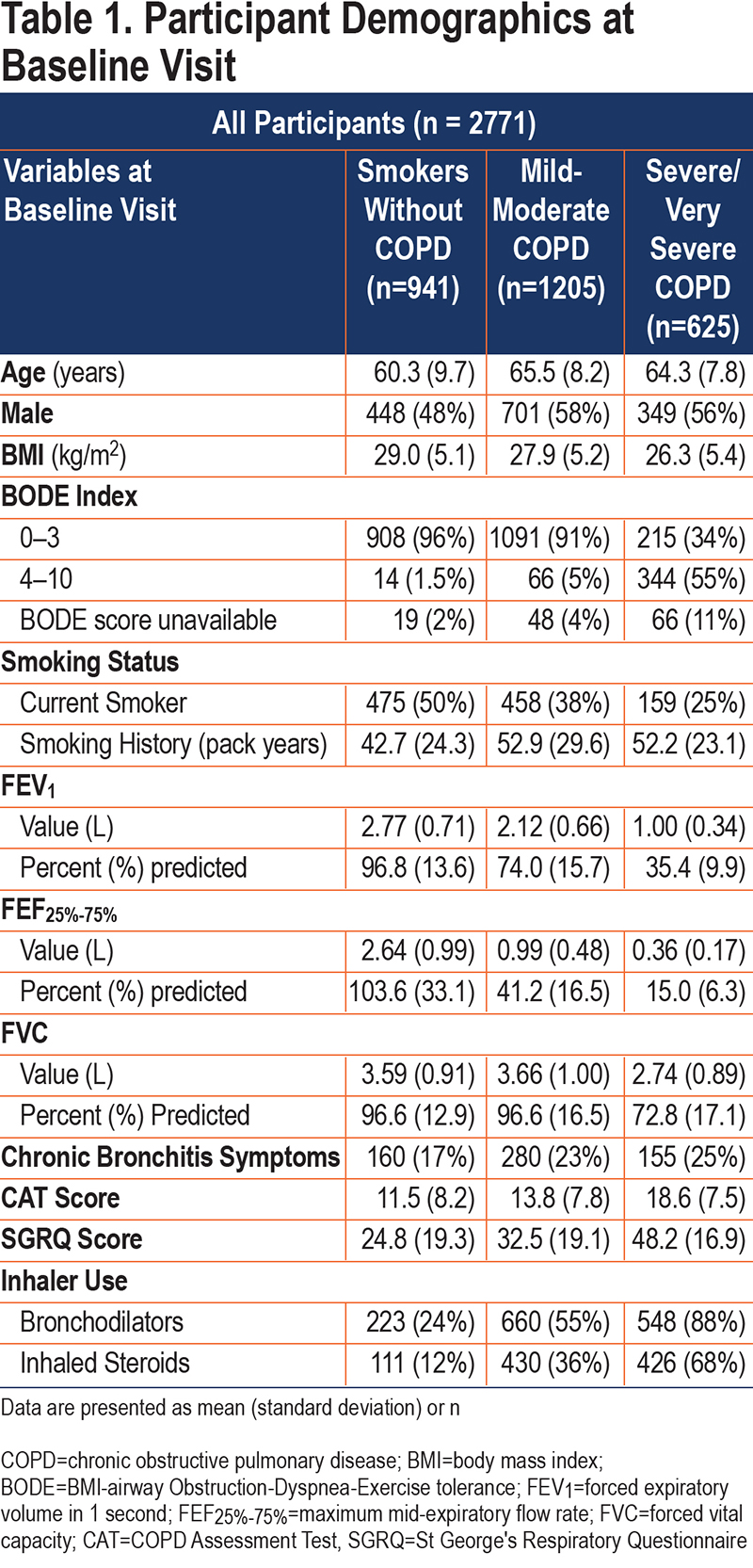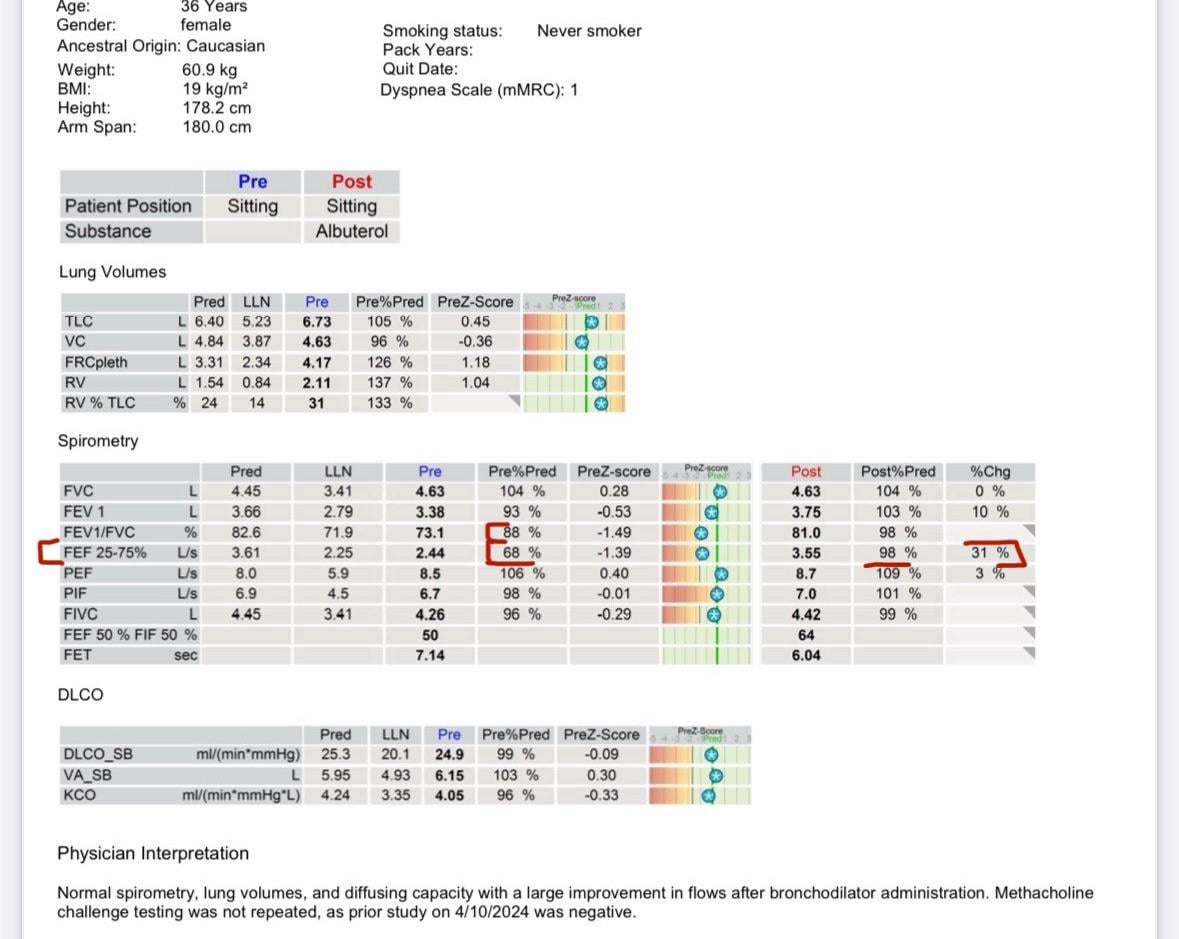So, this whole FEF 25-75 thing and “small airway disease” – it kinda just landed in my lap one day, you know? Wasn’t something I was looking for, that’s for sure. I’d been having this annoying little cough, nothing major, or so I thought. Went for a check-up, did one of those breathing tests where you huff and puff into a machine. Then the doc, flipping through papers, just casually mentions, “Hmm, your FEF 25-75 is a bit low. Could be some small airway stuff.” And that was pretty much it! Left me standing there thinking, “FE-what-now?”
My Deep Dive into the Unknown
Honestly, I walked out of there more confused than when I went in. “Small airway disease” – sounded serious, but the doc was so blasé. So, I did what I always do when something puzzles me: I started digging. Not in a frantic way, but methodical. I wanted to understand what this number, this FEF 25-75, actually meant for me, in plain English.

Here’s what I pieced together, my way:
- Those tiny pipes: Our lungs aren’t just big balloons. They’re full of these super small tubes, way down deep. That’s where the real business of getting oxygen happens.
- The “speed bump” indicator: That FEF 25-75 number, from what I gathered, is like a speed check for air flowing through these smaller pipes. If it’s low, it means things are a bit sluggish in there.
- Not the whole story: Importantly, I learned it’s often an early sign. Like a yellow flag, not necessarily a red one, but definitely something to keep an eye on.
It wasn’t about becoming a lung expert. It was about understanding what my body might be trying to tell me. And let me tell you, the more I understood, the more I realized I couldn’t just ignore it and hope that little cough would magically disappear.
Putting Knowledge into Action: My “Practice”
This is where my real “practice” began. Reading about it is one thing, but actually doing something? That’s different. I wasn’t about to just sit back.
First off, I started paying serious attention to the air I was breathing. Sounds obvious, right? But I mean really paying attention.
I realized my apartment, which I always thought was pretty clean, could get stuffy. I started opening windows more, even when it was a bit chilly. Fresh air became my new best friend.
Then, I looked at things that could be irritants. That “lovely” air freshener in the bathroom? Gone. Heavy-duty cleaning sprays? Switched to simpler stuff, vinegar and baking soda, you know the drill. It felt a bit like going back to basics, but my lungs weren’t complaining.

I also stumbled upon some simple breathing exercises. Nothing fancy, no weird chanting or anything. Just basic deep breathing, focusing on exhaling fully. I’d do them while watching TV, or waiting for the kettle to boil. Little moments, but I figured, hey, can’t hurt, right? My thought was, if the small airways are struggling, maybe giving them a bit of a workout would help.
And diet – yeah, I tweaked that a bit too. Read somewhere that anti-inflammatory foods might help general lung health. So, more fruits, veggies, less processed junk. Wasn’t a drastic overhaul, just small, sensible changes. I wasn’t trying to cure anything overnight; I was playing the long game.
What I’ve Noticed and Where I’m At
So, what happened? Well, it wasn’t like a movie montage where everything got magically fixed in two weeks. That little cough? It started to fade. Slowly, but surely. I felt like I could take a deeper breath, you know? That feeling of always having something tickling my throat began to ease up.
The biggest thing I learned through this whole process is that our bodies often give us these little nudges. That FEF 25-75 number, for me, was one of those nudges. It wasn’t a diagnosis of doom; it was a call to pay a bit more attention, to get proactive. My “practice” wasn’t about medical intervention, it was about listening and making common-sense adjustments to my daily life.
It’s a bit like maintaining an old car. You hear a new rattle, you don’t just ignore it until the engine falls out. You check the oil, you listen to it, you treat it with a bit more care. That’s what this FEF 25-75 journey has been for me. Just learning to listen a bit better and take good care of the machinery. And honestly, it’s made a world of difference, not just for my lungs, but for how I feel overall. Still got a ways to go, always learning, but heading in the right direction, I think.


















